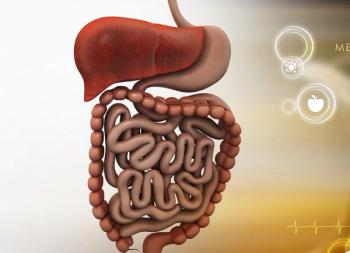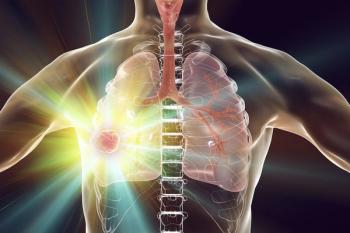
Brentuximab Vedotin Plus Nivolumab/AVD Is a ‘Super Regimen’ Capable of ‘Great Efficacy’ in Advanced Hodgkin Lymphoma
An expert from The University of Texas, MD Anderson Cancer Center says that a brentuximab vedotin–based combination was well-tolerated in patients with advanced-stage Hodgkin lymphoma, according to results presented at 2022 ASH.
During the
In part A, patients were given brentuximab vedotin (Adcetris) plus vinblastine, and dacarbazine (AVD) given intravenously to patients with classical Hodgkin lymphoma.1 Part B consisted of brentuximab vedotin, nivolumab (Opdivo), doxorubicin, and dacarbazine given intravenously to patients with stage II bulky mediastinal disease and stage III or IV classical Hodgkin lymphoma.
In the conversation, Lee, an assistant professor of medicine in the Department of Lymphoma and Myeloma at the University of Texas MD Anderson Cancer Center, focused on results from part B of the study which were presented during the meeting.
Patients included in part B (n = 57) had an objective response rate of 93% (95% CI, 83.0%-98.1%), a complete response of 88% (95% CI, 76.3%-94.9%), and a partial response of 5% (95% CI, 1.1%-14.6%).
Transcript:
The SGN35-027 part A study included brentuximab vedotin plus AVD. Brentuximab/AVD, was used in the phase 3 ECHELON-1 trial [NCT01712490] and has become one of the standards for advanced-stage Hodgkin lymphoma.2 This is based on 6-year follow-up that showed a PFS and overall survival benefit, compared with the historical standard, which has been ABVD [doxorubicin, bleomycin sulfate, vinblastine, and dacarbazine] in the United States and North America.
Part A included brentuximab/AVD plus a growth factor because originally when the study was designed, brentuximab plus AVD vs ABVD did not have a mandated growth factor that was incorporated into the study. Part A included brentuximab/AVD plus growth factor so that we can demonstrate that the growth factor will decrease the neutropenic fevers that were seen in the original ECHELON-1 study when the growth factor was not mandated.
Part B of the phase 2 SGN35-027 study was the crux of the ASH presentation. We’re now incorporating 2 very active agents: brentuximab vedotin, which is the antibody drug conjugate that’s attached to monomethyl auristatin E—which has been shown in ECHELON-1 to be very active in the frontline advanced stage—then nivolumab [Opdivo] which is a very active PD-1 [inhibitor] that has been approved in relapsed/refractory classical Hodgkins lymphoma.
There are data from the phase 2 CheckMate 205 study [NCT02181738], demonstrating that nivolumab plus AVD is also very active.3 The brentuximab, nivolumab, and AVD backbone is the super team or the super regimen that will be able to produce a great efficacy.
The toxicity or the safety portion has been studied and it has been shown that the combination is very well tolerated and safe. It appears that it does not have an increased safety signal than that of the individual agents that are being used.
References
- Lee H, Finn IW, Melear J, et al. Brentuximab vedotin, nivolumab, doxorubicin, and dacarbazine (AN+AD) for advanced stage classic hodgkin lymphoma: updated efficacy and safety results from the single-arm phase 2 study (SGN35-027 Part B). Blood. 2022;140(suppl 1):763-765. doi:10.1182/blood-2022-156553
- Straus DJ, Długosz-Danecka M, Connors JM, et al. Brentuximab vedotin with chemotherapy for stage III or IV classical Hodgkin lymphoma (ECHELON-1): 5-year update of an international, open-label, randomised, phase 3 trial. Lancet Haematol. 2021;8(6):e410-e421. doi:10.1016/S2352-3026(21)00102-2. Published correction appears in Lancet Haematol. 2022 Feb;9(2):e91.
- Ansell S, Brockelmann P, von Keudell G, et al. HL-398: Five-year overall survival from the CheckMate 205 study of nivolumab for relapsed or refractory (R/R) classical hodgkin lymphoma (cHL). Classical Lymphoma Myeloma and Leukemia. 2021;21(suppl 1):S373-S374/ doi:10.1016/S2152-2650(21)01854-1
Newsletter
Stay up to date on recent advances in the multidisciplinary approach to cancer.

























































































